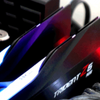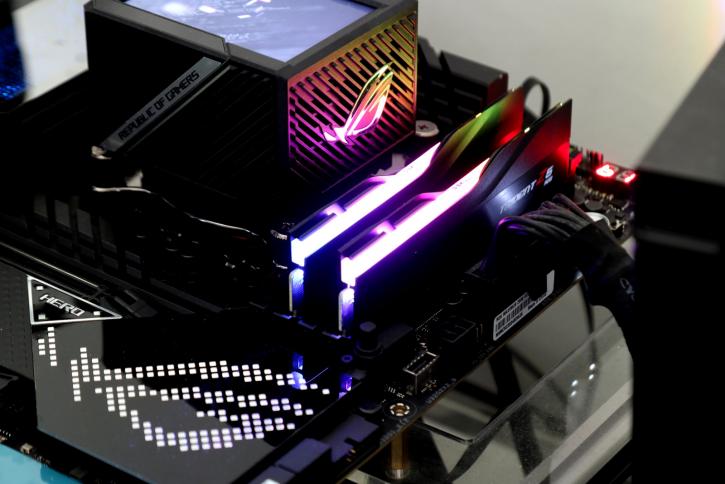Final Words & Conclusion
Final Words
In this review of the most excellent TridentZ5 kit from G.Skill we wanted to show you the effect of frequency and performance scaling. Our initial DDR4 versus DDR5 memory already showed that a CL16 DDR4 kit at 3600 MHz, easily can compete with DDR5 5200 CL40. Both configurations are considered the sweet spot memories in combination with Alder Lake Gen 12 Core Intel processors. I call that a sweet spot due to pricing and overall performance, nothing less. If you are willing to spend more money on DDR5 then latency is where it's matters, really it's pandora's box as this article should have learned you that CL36 at 5200 MHZ is definitely faster than CL40 at 5200 MHz. When you have CL36 memory, then frequency really is starting to become irrelevant as long as you stay above 4800 MHz. Yes, there is a tangible per differential in between 4800 and 6000 MHz, however, the price differential will make a rather too big of a difference for me. So in short, latency matters more than frequency, by a significant statistical value even. This does bring back the discussion of how relevant DDR5 memory actually is over DDR4. However strictly speaking if we take an RTX 3090 and look at gaming, we can measure tangible result scaling upwards in frequency, and most definitely latency. DDR5 is the way forward, there's no doubt about it, in due time frequencies will go up and latency values will come down. And that last bit is somewhat the bigger part of the riddle, as latency is quite high with DDR5.
Overclocking
We managed to push our sample kit, at native latencies, to 6,200MT/s using 1.35V. The increase over default frequency is less impressive than going from 4,800 to 5,200, as other than AIDA, regular benchmarks improved by, on average, maybe 1 percent. 5,200MT/s, it seems, is a nice sweet spot for this memory kit, 6,000MT/s as it seems is a bit more premium.
Concluding
G.Skill has got some exquisite CL36 memory kit available with the TridentZ5, at 6000 MHz CL36, this memory kicks ass. Realiastically though, the 32GB 6000 MHZ CL36 kit however also passes 500 EUR right now. For that money, you do receive DIMMs with a lifetime warranty and that configurable RGB system. Should you ever change your motherboard that has a green theme instead of a red color theme, hey you can switch your DIMMs RGB LEDs to match. The TridentZ5 series DIMMs are powerful product series aimed at a very specific group of people, the people that want the uber fastest stuff at the high-end of the spectrum and with the niche designed PC, then enthusiast-class PC gamer. Choosing the premium Intel mainstream platform in late 2021 will necessitate the use of a 12th Generation Core CPU, a Z690 motherboard, and DDR5 memory. This newer standard allows for higher frequencies to be achieved at lower operating voltages, but at the expense of increased latencies. In light of this, it makes sense for G.Skill to offer numerous DDR5 families. Purchase Ripjaws S5 as a decent starter for enthusiasts looking for progressively better performance, and the Tested TridentZ5 series for decreased latencies. We'll stick to our previous advice 5,200MT/s at CL will get the job done, CL 36 as shown today is obviously higher recommended, but does come at additional cost. G.Skill provides a reputable kit that, in our opinion, is worth an extra $30-$50 over a similar-capacity 5,200MT/s set in terms of performance. Let me reiterate, that's 5200 Mhz CL36 as a recommendation, frequency does matter, but not as much as latency.
- Sign up to receive a notification when we publish a new article
- Or go back to Guru3D's front page.



